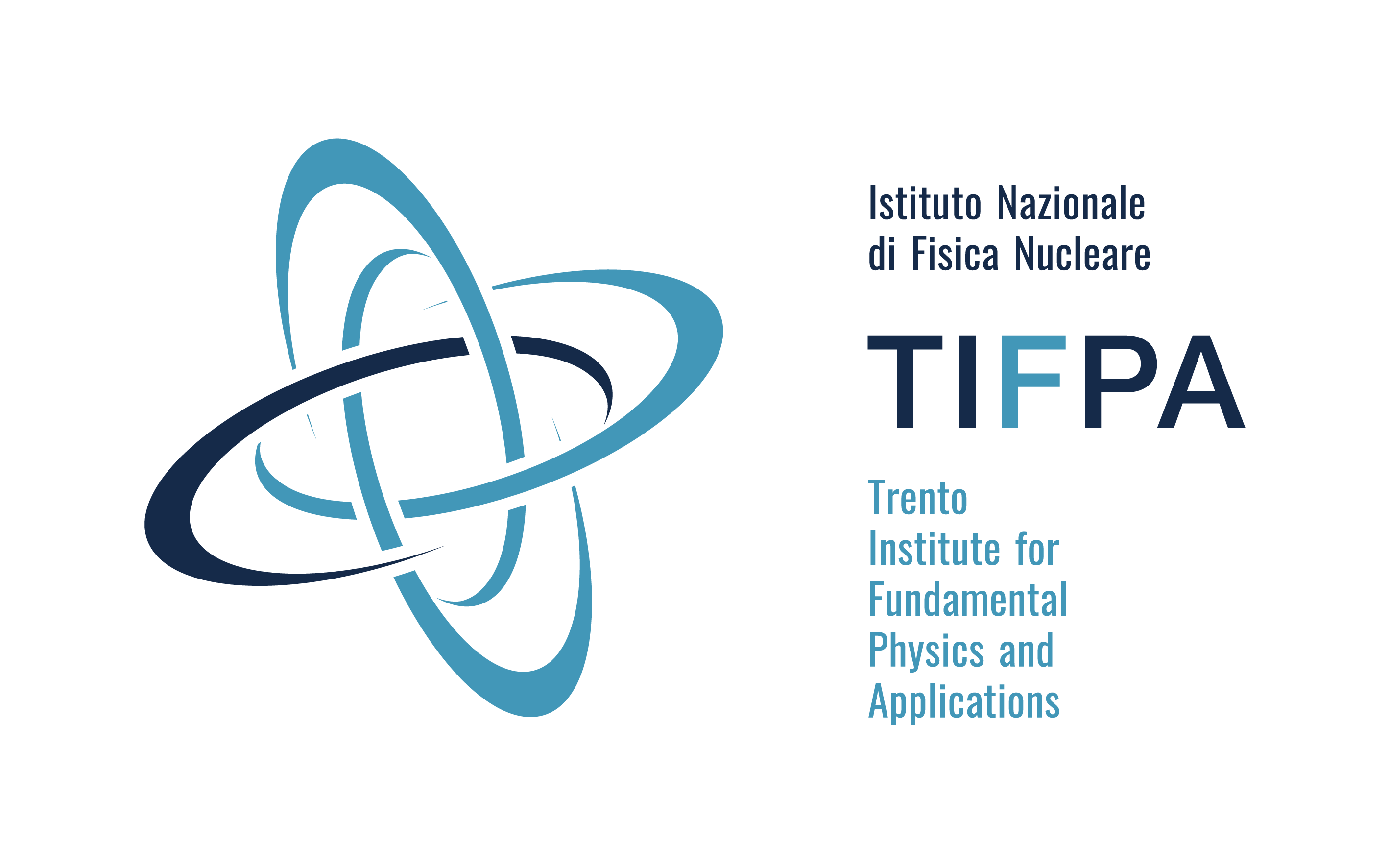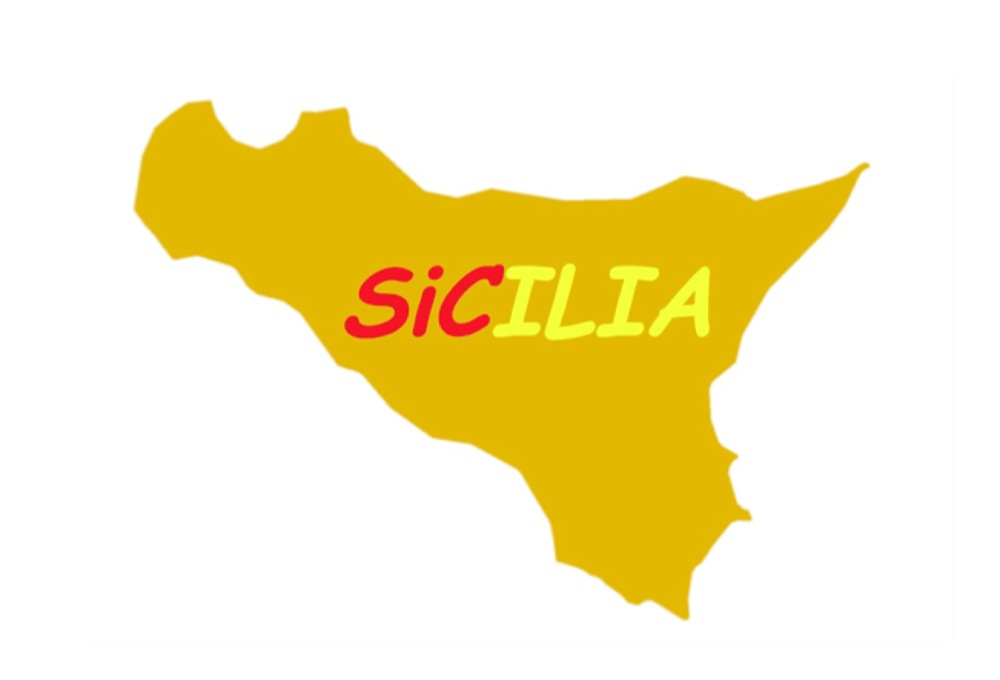SICILIA - Silicon Carbide Detectors for Intense Luminosity Investigations and Applications
We propose a study for the construction of an innovative detection system, based on thick (>100um) silicon carbide detectors for next generation nuclear physics experiments at high beam luminosity.




